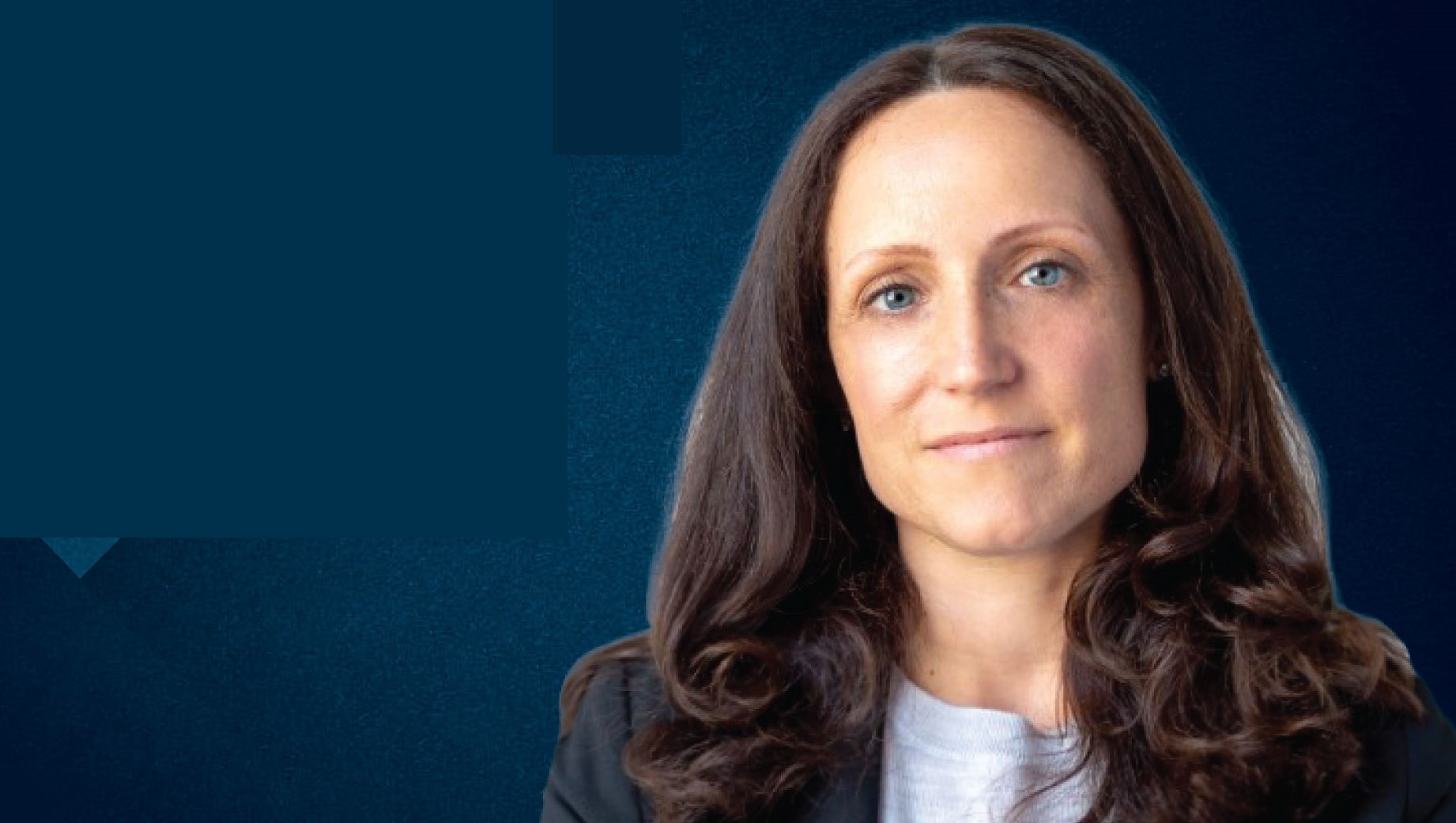Innovid's Jessica Hogue on the Excitement of Connected TV

Jessica Hogue (pictured above) is General Manager, Measurement & Analytics at Innovid. She recently sat down with ANA's Group Executive Vice President Bill Duggan to discuss all things CTV.
Bill Duggan: What excites you most about CTV (Connected TV)?
Jessica Hogue: Now that marketers are becoming more comfortable with CTV, we can focus on maximizing the channel. We can start to leverage the latest creative technologies to have progressive conversations with audiences. We can access the tools and data needed to unlock CTV measurement and gain insight into how campaigns are performing and how they can be optimized -- even in real time. What's exciting is that CTV is no longer an experimental channel.
Duggan: CTV provides new opportunities for creative. What are some of the creative techniques for CTV you've seen that have been particularly effective?
Hogue: Advanced creative, including interactive and dynamic, generates higher engagement than traditional video units. Innovid's recent benchmark study found that, compared to standard pre-roll video, advanced creative formats generated a 309 percent lift in engagement and an average of 34 additional seconds earned. We're going to see more advertisers leveraging the sequencing of creative as a part of convergent TV strategies. As linear viewing declines, buyers will be ramping up impression volume on CTV, where they'll have access to dynamic ad formats that allow messages to be far more tailored. While there's been a lot of focus on managing frequency on CTV, marketers should focus on leveraging frequency simultaneously with sequencing creative to increase recall through a broader storytelling approach.
Duggan: Earlier in the year, ANA issued the report "Media KPIs That Matter"that identified unique reach as one of the most important KPIs for media. What is CTV's role in building unique reach?
Hogue: Initially, CTV was thought of as a medium used for targeting and niche tactics. But the number of households that receive ad-supported content has grown dramatically, and we can now think about how to leverage CTV to drive broad reach. In our recent "Decoding CTV Measurement" study, we observed that, on average, campaigns only reached 13 percent of those households, suggesting there's far more headroom to leverage CTV for unique reach. Furthermore, there's a huge opportunity to leverage programmatic technologies to build unique reach efficiently. Compared to direct-sold campaigns, programmatic campaigns had a lower average cost per unique reach, a lower average campaign eCPM, and a higher average unique reach efficiency. At Innovid, we've also focused on helping advertisers unpack reach at a publisher level to understand unique reach and to drive optimization for both programmatic and direct-sold campaigns, enabling brands like Anheuser-Busch to significantly decrease cost per unique reach.
Duggan: There is a myth that CTV has a frequency problem. But the new ANA/Innovid report found otherwise. Please explain.
Hogue: One of the main goals of our research was to put frequency in the appropriate context and to provide tools to help marketers better understand when and where excessive frequency occurs. You can't manage what you don't measure, and measuring frequency through the lens of a unique household is critical to cutting through its mystique. Surprisingly, we observed that the average frequency was just 4.6 across all campaigns. What's more, frequency didn't increase significantly for larger campaigns. We grouped frequency distribution into light (1-2 exposures), medium (3-9 exposures), and heavy (over 10 exposures) buckets and found that the majority of households in our study (85%) had just one to two exposures. Only one percent had over ten exposures, indicating that the issues pertaining to frequency in CTV are more likely to occur when viewers are consuming content sold by multiple inventory partners, thus being exposed repeatedly within a single viewing session.
Duggan: What are the barriers holding back greater investment in CTV?
Hogue: Fragmentation and cost are the biggest barriers. Fragmentation makes it harder for buyers and media planners to assemble campaigns. Relying on measurement provided by media sellers requires analysts to try to sort out inconsistencies and make guesses about issues like duplication. We've addressed some of the fundamental needs for consistent measurement across platforms and publishers, and now we need to evolve to always-on reporting — not just measuring a single campaign — to create normative benchmarks and provide marketers with the tools and confidence to optimize premium inventory.
Duggan: How big of an issue is ad fraud in the CTV space and what should marketers be doing about it?
Hogue: While ad fraud exists in the CTV space, there are steps that can be taken to mitigate exposure to fraud when buying inventory programmatically. For instance, marketers should focus on private marketplaces (PMPs), which allow them to benefit from the efficiency of programmatic while ensuring quality placements and brand safety. Marketers should also work with tech partners who are MRC-accredited and have integrations with leading verification vendors, many of whom have put a strong emphasis on CTV ad fraud in recent years.
Ultimately, concerns about ad fraud have not been preventing marketers from investing in programmatic CTV; an Innovid analysis revealed that programmatic impressions served to CTV increased by 207% year over year in 2020.
The new report from Innovid and ANA -- "Decoding CTV Measurement" -- is available here.
Click the social buttons to share this story with colleagues and friends.The opinions expressed here are the author's views and do not necessarily represent the views of MediaVillage.com/MyersBizNet.


